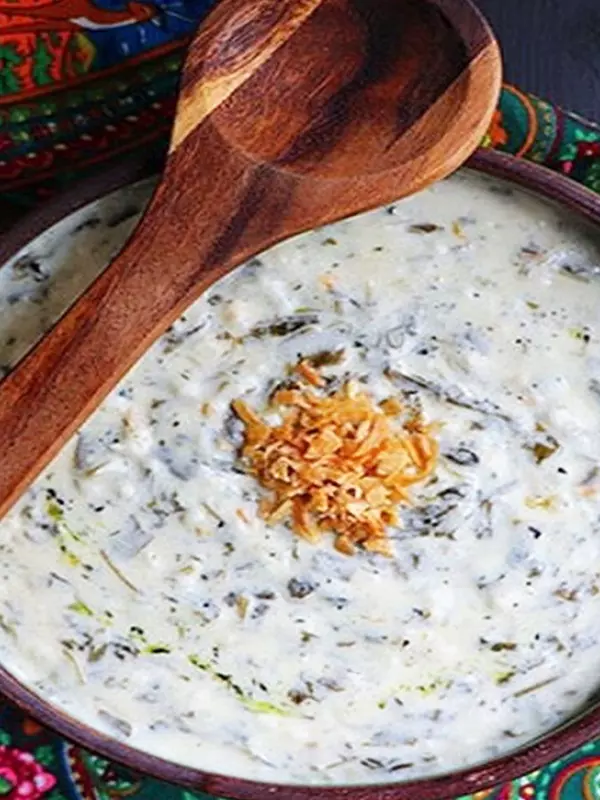
Tabriz is a historic city located in the northwest of Iran. It is the capital of East Azerbaijan Province and is one of the largest cities in the country. Tabriz has a rich history and is known for its cultural significance, architectural heritage, and economic importance.
Historically, Tabriz has been an important center of trade and commerce due to its strategic location on the Silk Road, the ancient trade route connecting East and West. The city has witnessed numerous civilizations, including the Assyrians, Medes, Greeks, Arabs, Mongols, and Ottomans, each leaving their mark on its culture and architecture.
One of the most notable landmarks in Tabriz is the Tabriz Historic Bazaar Complex, a UNESCO World Heritage site. This vast covered bazaar dates back to the 14th century and encompasses a labyrinth of interconnected shops, caravanserais, bathhouses, and mosques. It is a bustling center of commerce and a vibrant cultural hub.
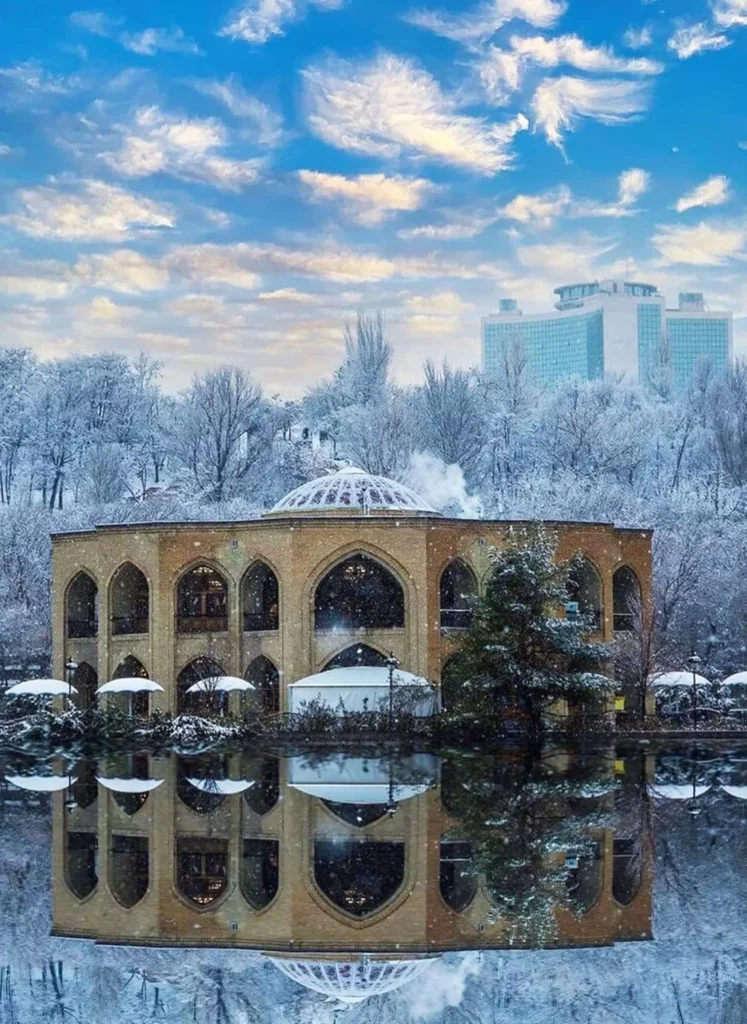
Another prominent site in Tabriz is the Tabriz Citadel, also known as Arg-e Tabriz. This historical fortress played a crucial role in the defense of the city and offers panoramic views of Tabriz. The Blue Mosque, also known as the Turquoise of Islam, is a beautiful mosque known for its intricate blue-tiled façade and stunning architecture.
Tabriz is also home to several museums that showcase the city’s history and cultural heritage. The Azerbaijan Museum is renowned for its collection of archaeological artifacts, including pottery, metalwork, and sculptures dating back thousands of years. The Iron Age Museum, housed in a Qajar-era mansion, displays artifacts from the Iron Age and provides insights into the region’s ancient civilizations.
In terms of modern infrastructure, Tabriz is a vibrant and dynamic city. It has a well-developed transportation network, including an international airport and railway connections to other major cities in Iran. The city is also known for its manufacturing industries, particularly in textiles, machinery, and automotive production.
Tabriz hosts several annual festivals and events that attract visitors from around the country and the world. One of the most famous is the Tabriz International Carpet Exhibition, where exquisite Persian carpets and rugs are displayed and traded. The city also celebrates the Tabriz Historic City Week, featuring cultural activities, music performances, and traditional crafts.
In summary, Tabriz is a city of historical and cultural significance, renowned for its bazaar, architectural landmarks, and vibrant traditions. Its rich heritage and modern development make it an appealing destination for both domestic and international visitors.
tabriz history
Tabriz has a long and storied history that dates back thousands of years. Here is an overview of the city’s history:
Ancient Period: The area around Tabriz has been inhabited since ancient times. Excavations have revealed evidence of settlements from as early as the Iron Age. The region was part of the Median Empire, followed by the Achaemenid Empire under the rule of Cyrus the Great and his successors.
Greek and Parthian Rule: After the conquest of the Achaemenid Empire by Alexander the Great in the 4th century BCE, Tabriz came under the control of the Seleucid Empire. Later, it became part of the Parthian Empire, which ruled the region until the 3rd century CE.
Arab Conquest: With the expansion of the Islamic Caliphate in the 7th century CE, Tabriz came under Arab rule. It served as an important administrative center during the Abbasid Caliphate and played a significant role in the Islamic Golden Age.
Seljuk and Mongol Eras: In the 11th century, Tabriz became part of the Seljuk Empire, a Turkic dynasty. The city experienced a period of growth and prosperity under Seljuk rule. However, in the 13th century, Tabriz was devastated by the Mongol invasions led by Genghis Khan and his descendants. It was later rebuilt and served as the capital of the Ilkhanate, a Mongol state.
Timurid and Turkmen Rule: During the 14th and 15th centuries, Tabriz was ruled by the Timurids and later by various Turkmen tribes. It continued to be an important center of trade and culture.
Safavid Dynasty: In the early 16th century, Tabriz became the capital of the Safavid Dynasty under Shah Ismail I. The Safavids made significant contributions to the city’s architecture and cultural development. During this time, Tabriz became a prominent center of Persian art, literature, and commerce.
Ottoman and Qajar Rule: In the 17th century, Tabriz was captured by the Ottoman Empire and remained under their control for several decades. In the early 19th century, it became part of the Qajar Dynasty’s territory and served as the capital of Iran for a brief period.
Modern Era: Tabriz played a significant role in Iran’s constitutional revolution in the early 20th century, with the city’s intellectuals and merchants actively participating in the movement. In the 20th century, Tabriz witnessed rapid modernization and industrial development, becoming a major center for manufacturing and trade.
Today, Tabriz is known for its rich history, architectural heritage, and cultural significance. The city’s historical sites, bazaar, and museums attract visitors from around the world, showcasing the diverse layers of its past.
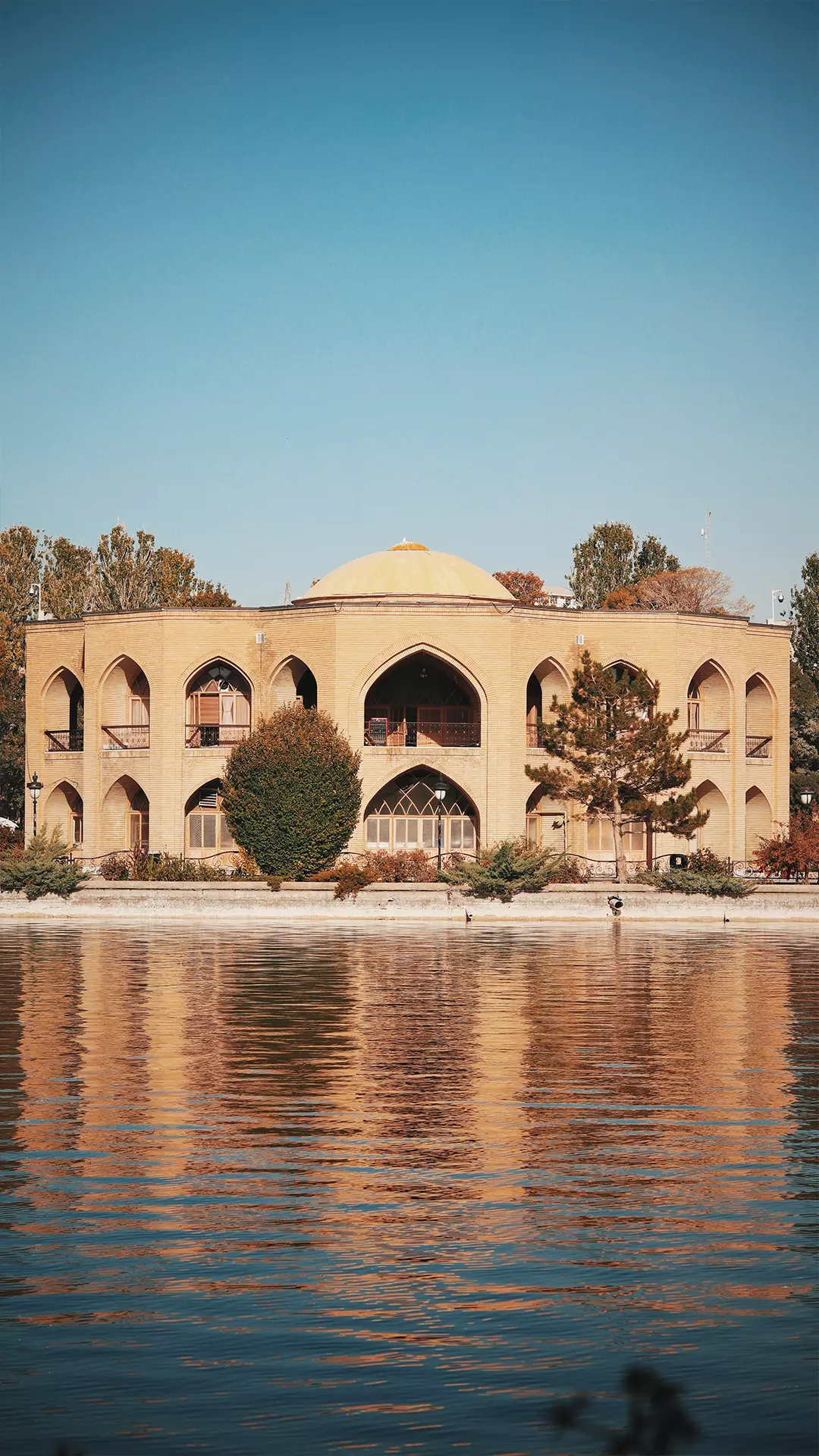
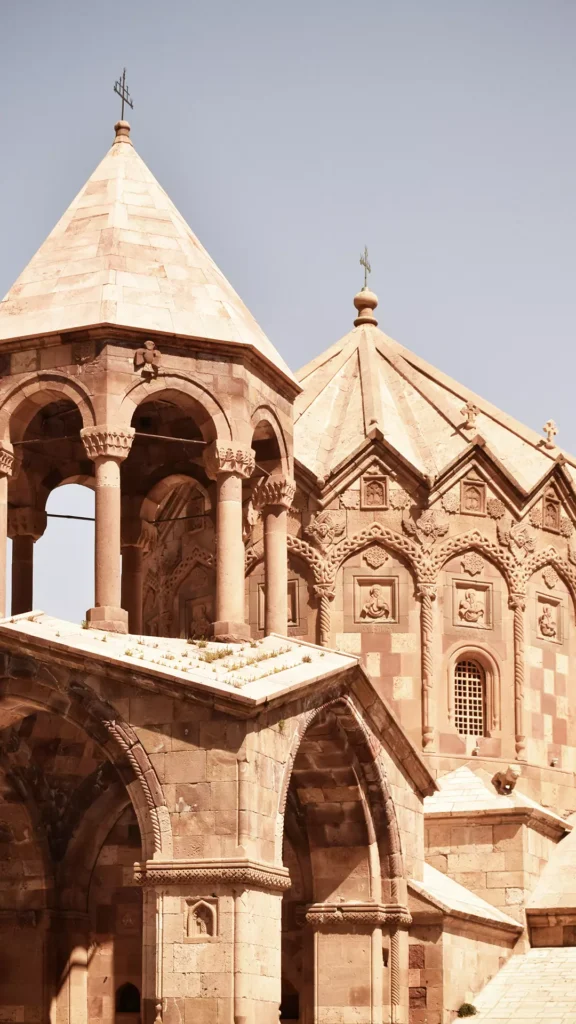
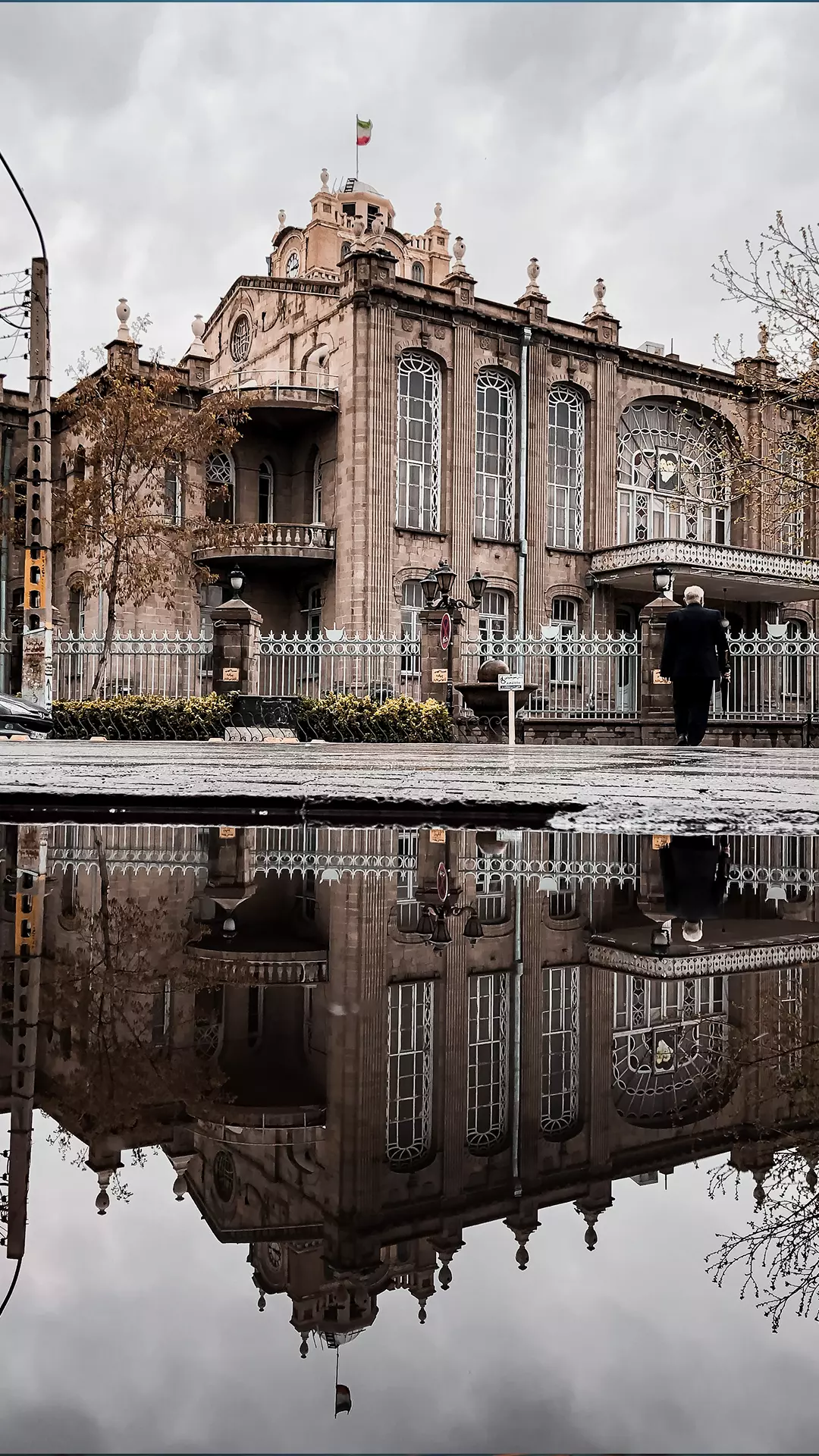
tabriz weather
Tabriz experiences a continental climate with distinct seasons. Here’s an overview of the weather conditions you can expect in Tabriz:
Spring (March to May): Spring in Tabriz is mild and pleasant. Temperatures gradually rise during this season, with average highs ranging from 15°C (59°F) in March to around 22°C (72°F) in May. However, mornings and evenings can still be chilly, so it’s advisable to have a light jacket or sweater handy. Spring is generally considered a good time to visit Tabriz, as the weather is comfortable and the surrounding nature begins to bloom.
Summer (June to August): Summers in Tabriz are hot and dry. July and August are the hottest months, with average high temperatures reaching around 32°C (90°F) or higher. Occasionally, temperatures can rise above 35°C (95°F). The nights are relatively cooler, providing some relief from the daytime heat. It’s important to stay hydrated and protect yourself from the sun if visiting during this season.
Autumn (September to November): Autumn in Tabriz is characterized by mild temperatures and pleasant weather. September starts off warm, with average highs around 29°C (84°F), but gradually cools down. By November, average highs drop to around 14°C (57°F). Autumn is a beautiful time to visit Tabriz as the foliage changes color, creating a picturesque setting.
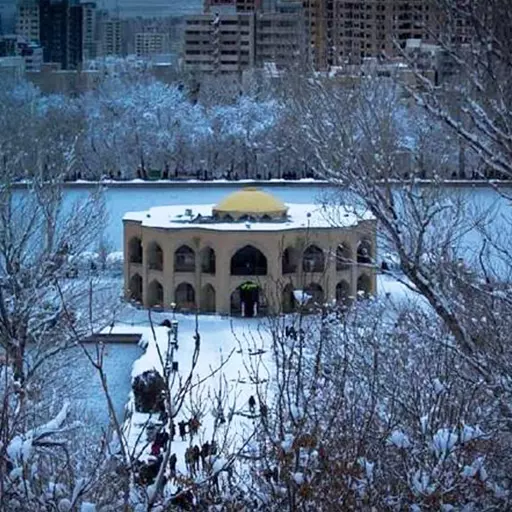
Winter (December to February): Winters in Tabriz are cold and often accompanied by snowfall. December and January are the coldest months, with average highs ranging from 3°C (37°F) to 7°C (45°F). Nights can be quite chilly, with temperatures dropping below freezing. Snow is common, and the surrounding mountains receive significant amounts of snowfall, making it an ideal time for winter sports enthusiasts.
Overall, Tabriz experiences a significant temperature variation throughout the year, with hot summers and cold winters. The best time to visit Tabriz in terms of weather and comfortable temperatures is during the spring (April to May) and autumn (September to October) seasons. However, it’s important to note that weather patterns can vary, and it’s advisable to check the forecast closer to your travel dates.
tabriz rug
Tabriz rugs are renowned Persian carpets that originate from the city of Tabriz in Iran. They are highly regarded for their exquisite craftsmanship, intricate designs, and fine quality. Tabriz has a long history of rug weaving, dating back several centuries, and the art of rug making has been passed down through generations of skilled artisans.
Here are some key characteristics and features of Tabriz rugs:
Design and Patterns: Tabriz rugs are known for their diverse range of designs and patterns. They often feature elaborate floral motifs, medallions, arabesques, and intricate borders. The designs can be symmetrical or asymmetrical, with a wide array of color combinations, including rich reds, blues, ivories, and earth tones.
Materials and Techniques: Tabriz rugs are traditionally made using high-quality materials, including fine wool, silk, or a combination of both. The use of silk adds a luxurious sheen and enhances the intricate details of the rug. The rugs are woven using the Persian knot technique, also known as the asymmetrical or Senneh knot, which creates a dense and durable pile.
Knot Density: Tabriz rugs are known for their high knot density, which refers to the number of knots per square inch. The higher the knot density, the finer and more intricate the design. Tabriz rugs typically have a high knot count, ranging from 200 to 800 knots per square inch, showcasing the skill and precision of the weavers.
Sizes and Shapes: Tabriz rugs come in various sizes, from small accent rugs to large room-sized carpets. They can be rectangular, square, or even round in shape, catering to different preferences and interior design needs.
Historical and Collectible Rugs: Tabriz rugs have a rich historical significance and are highly sought after by collectors. Antique Tabriz rugs are particularly prized for their age, rarity, and historical value. These older rugs may exhibit unique design elements and may have acquired a desirable patina over time.
Tabriz rugs are considered masterpieces of Persian rug weaving and are appreciated worldwide for their craftsmanship, beauty, and artistry. They have become a symbol of elegance and sophistication, gracing many prestigious homes, museums, and galleries around the globe. Whether as a decorative piece or an investment, Tabriz rugs continue to be admired for their timeless appeal and enduring quality.
tabriz population
As of my knowledge cutoff in September 2021, the population of Tabriz, Iran, was estimated to be around 1.6 million people. However, please note that population figures can change over time due to factors such as natural growth, migration, and urban development. For the most accurate and up-to-date information on Tabriz’s population, I recommend referring to recent official sources or conducting further research based on the current year.
tabriz famous dishes
Tabriz, being a cultural and culinary hub in Iran, offers a variety of delicious dishes that reflect the region’s culinary traditions. Here are some famous dishes from Tabriz:
Kabab-e Torsh: This is a popular dish in Tabriz, consisting of skewered and grilled chunks of marinated lamb or beef. What sets it apart is the distinctive sour taste derived from a marinade made with vinegar, pomegranate paste, and spices. It is often served with saffron-infused rice and grilled tomatoes.
Aush-e Aab Leemoo: Aush is a traditional Persian soup, and Aush-e Aab Leemoo is a specific type from Tabriz. It is made with meat (usually lamb or beef), lentils, herbs, and a sour ingredient such as dried lime or lemon juice. It is a comforting and flavorful soup often enjoyed during colder months.
Koofteh Tabrizi: Koofteh Tabrizi is a meatball dish that is highly regarded in Tabriz. The meatballs are typically made with a mixture of ground lamb or beef, rice, split peas, and aromatic herbs such as mint, parsley, and tarragon. They are then simmered in a flavorful tomato-based sauce and served with saffron-infused rice.
Tabrizi Ash: Tabrizi Ash is a hearty and nutritious soup that is a staple in Tabriz. It is a combination of different legumes, herbs, and vegetables, cooked together with spices. The soup is typically topped with fried onions, fried mint, and a dollop of thick yogurt. It is often enjoyed with traditional Iranian bread.
Ash-e Doogh: Ash-e Doogh is a refreshing and tangy yogurt-based soup that is popular in Tabriz. It is made with yogurt, herbs, cooked rice, and sometimes includes ingredients like spinach, chickpeas, and dried mint. It is served chilled and is perfect for hot summer days.
Shekam Por: Shekam Por is a traditional Tabrizi dessert. It is a sweet pastry made with layers of thin dough filled with a mixture of walnuts, almonds, cardamom, and rosewater. The pastry is then baked until golden and sprinkled with powdered sugar. It is often enjoyed with tea or as a treat during special occasions.
These are just a few examples of the famous dishes you can find in Tabriz. The city’s culinary scene is diverse and offers a wide range of delicious traditional dishes that showcase the unique flavors of the region.

Koofteh Tabrizi
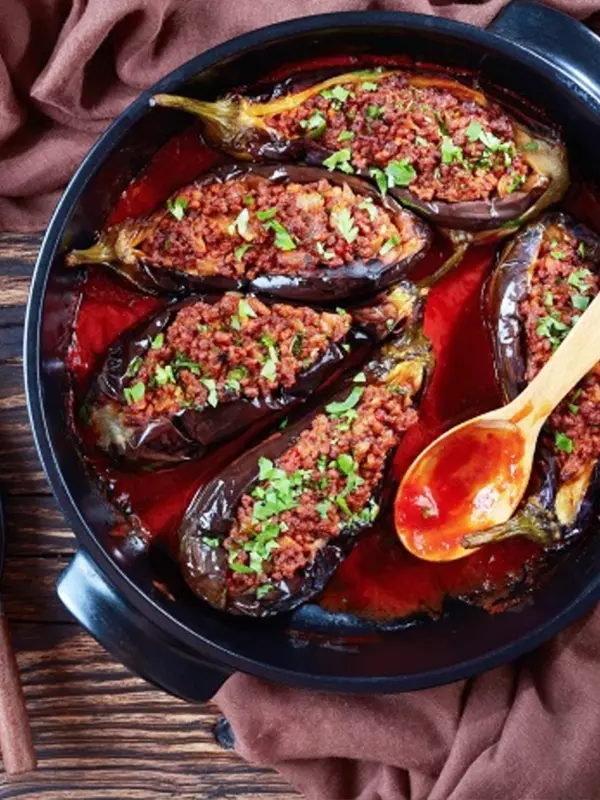
Shekam Por
